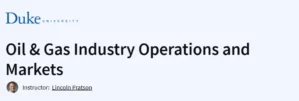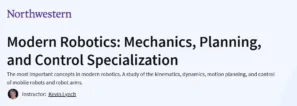What will you in the Applications in Engineering Mechanics Course
Apply static equilibrium principles to complex engineering systems
Analyze multi-force members, frames, and machines in real-world structures
Solve plane and space trusses using methods of joints and sections
Construct shear force and bending moment diagrams
Understand cable support systems and applications of friction in engineering
Program Overview
Module 1: Applications of Static Equilibrium
Duration: ~3 hours
Review of equilibrium conditions
Analysis of multi-force members and structural systems
Introduction to frames and machines
Module 2: Plane Trusses
Duration: ~3 hours
Determining member forces using method of joints
Use of method of sections for efficient analysis
Identification and use of zero-force members
Module 3: Space Trusses and Shear & Moment Diagrams
Duration: ~3 hours
Spatial analysis of three-dimensional truss systems
Fundamentals of shear force and bending moment diagrams
Techniques for plotting internal forces in beams
Module 4: Cable Support Systems
Duration: ~3 hours
Analysis of cables under point and distributed loads
Practical engineering scenarios involving flexible cables
Module 5: Coulomb Friction and Belt Friction
Duration: ~3 hours
Static and kinetic friction in mechanical systems
Frictional applications in belt drives and contact surfaces
Get certificate
Job Outlook
Mechanical Engineers: Gain stronger analysis skills for designing mechanical systems
Civil Engineers: Apply statics principles in structural and construction projects
Aerospace Engineers: Understand stress and force distribution in aircraft components
Educators and Students: Build or teach foundational and advanced statics concepts
Specification: Applications in Engineering Mechanics
|





